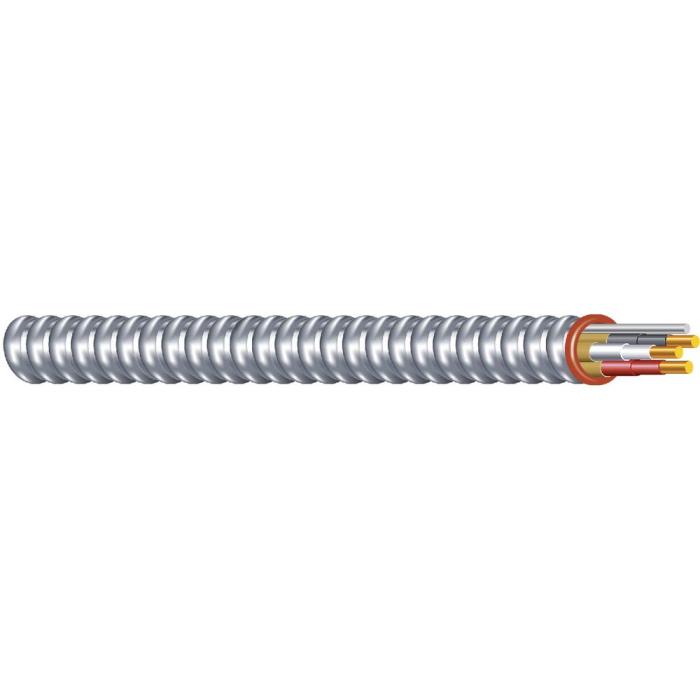Type AC armored cable must be secured every 4.5 feet (1.37 m) to prevent damage and ensure proper operation. This article provides a comprehensive guide to the NEC code requirements, installation methods, materials, cable management techniques, and troubleshooting tips for securing Type AC armored cable.
Adhering to these guidelines is crucial for maintaining electrical safety, meeting code compliance, and ensuring the longevity and reliability of electrical systems.
Type AC Armored Cable Securing Requirements

Type AC armored cable, commonly used in industrial and commercial applications, requires proper securing to ensure safety and compliance with electrical codes. This article provides a comprehensive guide to the regulations, installation methods, materials, tools, cable management techniques, and troubleshooting for securing Type AC armored cable.
Safety Regulations
The National Electrical Code (NEC) Artikels specific requirements for securing Type AC armored cable. These regulations are essential to follow to prevent electrical hazards and ensure the safe operation of the cable. Failure to comply with these regulations can result in code violations, fines, and potential safety risks.
Installation Methods
There are several methods for securing Type AC armored cable, depending on the application and environment. Common methods include using:
- Cable trays
- Conduit
- Clamps and straps
- Armored cable hangers
The choice of method depends on factors such as the cable size, weight, and location.
Materials and Tools, Type ac armored cable must be secured every
The following materials and tools are typically required for securing Type AC armored cable:
- Cable trays or conduit
- Clamps or straps
- Armored cable hangers
- Screws or bolts
- Drill or screwdriver
- Wire cutters
- Measuring tape
Selecting the appropriate materials for the specific application is crucial to ensure proper cable support and protection.
Cable Management
Proper cable management is essential to prevent damage to Type AC armored cable and ensure its proper operation. Best practices include:
- Organizing and routing the cable to avoid sharp bends or kinks
- Using cable ties or straps to secure the cable to supports
- Labeling the cable for easy identification
Troubleshooting
During the installation and securing of Type AC armored cable, various problems may occur. Common issues include:
- Loose or improperly secured cable
- Damage to the cable or armor
- Electrical faults
Troubleshooting steps involve identifying the source of the problem and taking corrective actions, such as tightening clamps, repairing damaged sections, or isolating electrical faults.
FAQ Overview: Type Ac Armored Cable Must Be Secured Every
What is the NEC code requirement for securing Type AC armored cable?
Type AC armored cable must be secured every 4.5 feet (1.37 m) using approved methods such as straps, clips, or conduit.
What are the consequences of not properly securing Type AC armored cable?
Improperly secured cable can lead to damage, electrical hazards, and code violations.
What are some tips for managing Type AC armored cable during installation?
Organize and route the cable to prevent damage, use cable ties or straps to bundle cables together, and avoid sharp bends or kinks.

